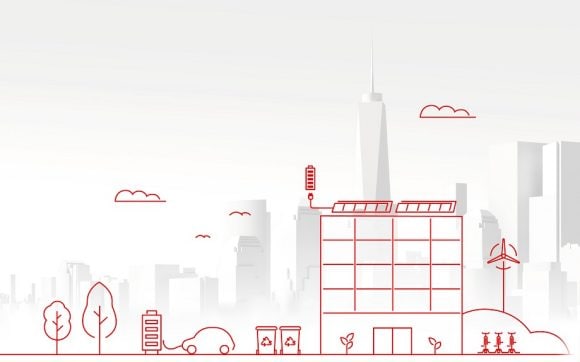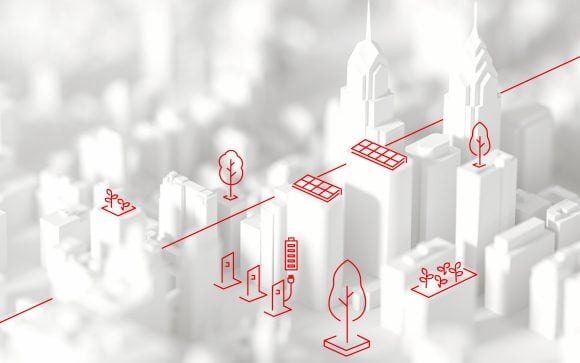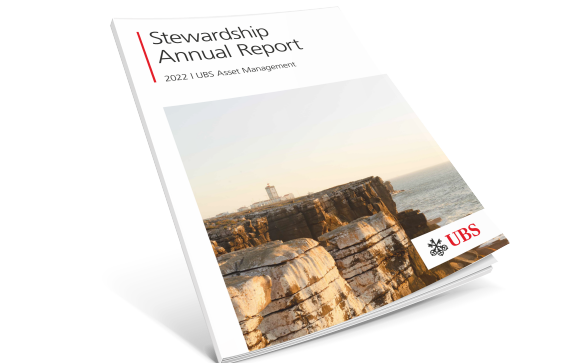Putting a price on nature
A conversation between Adam Gustafsson and Professor Sir Partha Dasgupta on environmental economics.
Few individuals on the planet understand environmental economics better than Partha Dasgupta, Professor Emeritus of Economics at the University of Cambridge. He is a founding member of the UBS Sustainability and Impact Forum, established in 2022 to drive the discourse on sustainable finance, and his full academic credentials could fill an entire article.
Having studied the link (or lack thereof) between nature and economics long before it became fashionable to do so, he led a landmark UK study called The Economics of Biodiversity: The Dasgupta Review. It is widely known and cited, marking a step change in corporate and financial market awareness of issues relating biodiversity loss. Dasgupta encourages us to think of nature as an asset; in doing so he reminds us of our collective custodian duty to protect and manage it on behalf of future generations.
Building on portfolio-level thinking already developed with respect to carbon emissions (See: The value of a green transition), I wanted to ask Partha Dasgupta about the viability and challenges of incorporating natural capital into valuation metrics and models. What follows is the start of on-ongoing dialogue to try and figure this out. It is also timely given the imminent roll-out of our natural capital engagement program.
Dasgupta also recently appeared as a guest on the Monocle’s The Bulletin UBS Podcast where he discussed the impact economy.
“Nature needs to enter economic and finance decision-making.” This is a quote from your Biodiversity Review summary. While society recognizes the importance of preserving and restoring nature, it is not explicitly reflected in models and frameworks used for making decisions. How much of a factor is this in holding back progress?
“Nature needs to enter economic and finance decision-making.” This is a quote from your Biodiversity Review summary. While society recognizes the importance of preserving and restoring nature, it is not explicitly reflected in models and frameworks used for making decisions. How much of a factor is this in holding back progress?
It is a key factor. There are many forms of natural capital that aren’t being accounted for. If you have a garden, in addition to your labor, the land, soil, sun, rain and insects are all providing a critical service. A decline in insects will have a negative impact on your harvest. Hence, this is an asset with a tangible value to you. However, car drivers on a nearby road polluting the air and damaging the insect population and reducing the productivity of the garden, are not paying a direct price for their role in degrading the service.
The main problem is that we don’t have pricing models for natural capital. Even if we expanded our decision-making models to include the value of natural capital, we don’t know what number to plug in. This is a problem that deserves a lot more attention.
Carbon emissions come to mind as a form of natural capital for which we do have a price, at least in some markets. Is carbon potentially showing a way forward for other types of natural capital or can the value be recognized in other ways?
A clear price is necessary. Today, we don’t pay for resources, so we overuse them. Similarly, a store with lax security will have more shoplifters. Unfortunately, that is human nature. We recognize the value of a goods but still need systems enforcing payments.
Regulatory limits work too – e.g., fishing quotas or emission restrictions for automakers. Still, pricing is a more elegant and efficient approach to solving the problem.
Most economists see gross domestic product (GDP) as a metric with significant shortcomings. Do you believe we need to scrap GDP and start over? Or can we evolve GDP to incorporate nature?
While I don’t agree with the premise of the question, we do need to move away from GDP.
To start with, companies in the private sector are not concerned with GDP. They care about return on invested capital and maximizing long-term shareholder value. Also, we already have alternatives to GDP and I’m not necessarily only talking about frameworks like doughnut economics and measures of happiness. We need to move from an income statement-centric mindset and shift focus to the balance sheet. GDP was not designed for long-run economic assessment; it only measures economic activity and has incorrectly been adopted as a measure of wealth. Importantly, growth in GDP measures growth in economic activity, but doesn’t account for asset depreciation. We all need to become asset managers of a balance sheet that includes the value of natural capital.
In the UK we are trying to create a natural capital account. The wealth a country holds includes natural capital. Even if you cannot measure the price, you can obtain a sense of wealth by estimating stocks of natural capital. We need to move towards measuring the wealth of nations, including natural capital, instead of GDP.
This makes sense at a country level. But private companies rarely hold natural assets on their balance sheets, so how can they adopt this line of thinking?
You are right. In the private sector, pricing natural capital is the most important step forward.
Is there a mismatch in time-horizon here? Investors looking more than three years out are usually labeled “long term.” Is this short-termism part of the problem and can we overcome it?
That should not be the case. That there is trade-off between short- and long-term opportunities is not a novel thought. But perhaps we need to adopt a more thoughtful discount rate framework for natural capital.
For example, if you invest in a forest that will yield 20 years from now the value of cash flows appears small. But remember that the quantity of produced goods in the economy is increasing and the amount of natural capital is declining. Cash flows in terms of produced capital tomorrow are worth less than today but arguably the opposite is true for the forest and other types of natural capital. Hence, it makes sense to apply different discount rates. There are monetary financial implications of ecosystem degradation that are not reflected in discount rates.
To complicate this further, apart from climate economics with a single global metric, other forms of natural capital require a geographic consideration. A unit of biomass in a rainforest in Brazil has a different value than a unit of biomass in a garden in Cambridge. So what is the equivalent of the service provided by the biomass and how can we consider locality when pricing natural capital? The quality of the product is dependent on the services that ecosystem provides.
Cash flows and discount rates are the two main drivers of the valuations that underpin investment decisions. Sustainability as a driver of cash flows or as a factor reflected in the discount rate is an ongoing debate among sustainability focused investors. Do you have a view on this?
Both. I can see clear arguments for including in income statements items that report natural capital being utilized or restored, and hence positive value created. Likewise, I have just mentioned reasons for discount rate differentiation. Projects with significant negative externalities are inherently riskier.
Will the most critical catalysts of change come from government and/or the supranational level, or can meaningful large-scale change happen more organically in the private sector, perhaps driven by consumers?
I believe we may be overly reliant on governments, which may be dangerous given the state of leadership we see in many countries.
Rumors, morals, social customs, norms of behaviour all matter. Companies will take nature seriously if customers take nature seriously. With an incomplete price system, consumer-driven demand matters even more. Look at vegetarian burgers. We have not taxed meat, at least not in a meaningful way on a global scale. Still, the price for vegetarian burgers has gone up due to demand and they are taking up more space on the shelves.
In an ideal price system, prices reflect the desire of the shareholder and society. Partha Dasgupta
How can investors better embed nature into investment decisions?
It is up to the shareholders to decide what is acceptable or not. In an ideal price system, prices reflect the desire of the shareholder and society. But until we get there, engaging with investment companies and encouraging positive change can still make a difference.
About the authors
-

Adam Gustafsson
Investment Data Scientist
Adam is a member of UBS-AM's data science team, specializing in data-driven fundamental and sustainable investment research. Publisher of "The Value of a Green Transition" whitepaper in 2021, leading to the new Climate Action strategy as deputy PM. Fellow at UBS's Sustainability and Impact Institute, providing thought leadership on sustainability. Adam joined UBS in 2020, previously working at Credit Suisse in equity research (HOLT) and as a quantitative analyst in London and New York, developing pricing and risk models.
-

Sir Partha Dasgupta
Professor Emeritus of Economics at the University of Cambridge
Sir Partha Dasgupta is the Frank Ramsey Professor Emeritus of Economics at the University of Cambridge. His research has covered welfare and development economics and the economics of technological change.

PDF
The Sustainable Investing Edition
The Sustainable Investing Edition
The special edition of Panorama is dedicated to sustainable investing and places a marker in the ground for where we should all head next.
Was this article helpful?
Please enable javascript in your browser and retry.
The feedback component cannot be displayed.
Read more
Make an inquiry
Fill in an inquiry form and leave your details – we’ll be back in touch.
Introducing our leadership team
Meet the members of the team responsible for UBS Asset Management’s strategic direction.





